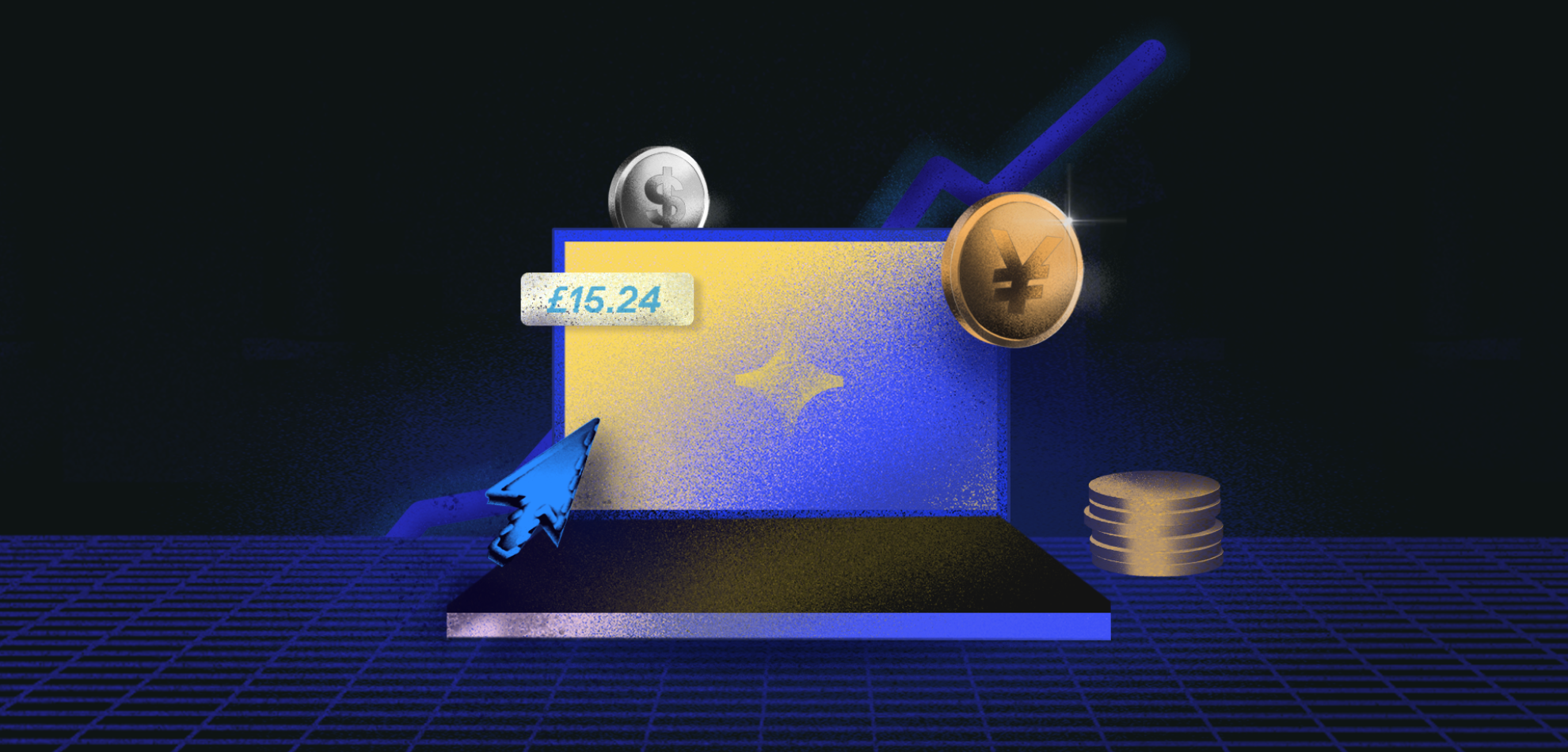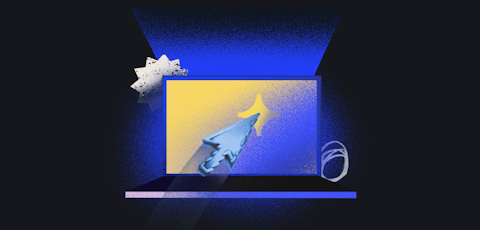How to make an impact through pricing optimization

Pricing your software right should be one of your main objectives, from its launch through to its expansion. You might be able to talk the talk, but can you walk the walk when it comes to optimizing your pricing strategy?
We take a look at how optimizing your pricing looks in practice with our 6 step process, and the impact it could make on your business’ revenue.
The importance of pricing optimization
The right pricing does this in a number of ways, all positively impacting the growth of your business:
- Acquisition : Reeling in all segments of your target market with ideal price brackets and plans.
- Retention : Making sure customers keep renewing their subscription is up with consistent pricing and fair amendments that won’t shock them (or their bank accounts).
- Expansion : Keeping your pricing consistent and fair with how your business grows and how you can support other businesses, as well as correctly pricing upgrades.
6 steps towards pricing optimization
1) Define your pricing strategy
- Cost-plus pricing : Working out your fixed and expected variable cost, and adding an appropriate margin on top to get a fair price. This will guarantee that you cover your production costs, but it doesn’t take into account any unexpected variables once you’ve started selling (eg. seasonal discounts and offers like Black Friday, and change in price plans over time).
- Competitor-based pricing : Researching what your competitors are doing and how they are pricing their products. This way you’ll be able to place yourself potentially in a perfect middle, not losing money but also not pricing yourself out. The limitations of competitor-based pricing? It’s tailored to your competitors’ needs as a business, and not yours. Plus, if you stay in the middle, it could lead to your business stagnating.
- Value-based pricing : Working out your perceived value and your customers’ willingness to pay, and then applying this to your pricing. The efforts that you put into successfully building your brand and framing your value proposition coincides with a greater perceived value and willingness to pay , meaning more bang for your buck if you choose a value-based pricing model over basing your pricing on production costs.
- For more SaaS favorites (including their pros and cons), check out our guide .
2) Consider customer location and contexts
Circumstances change from person to person. Think of your customer base and just how many different locations, cultures, budgets, salaries, and business goals lie within it.
How can you optimize your pricing to take into account this huge range of variables?
For one, there’s pricing localization , which factors in the correct currency and language for different buyers, but also their local economy and market conditions.
Another example is pricing sensitivity, where you use customer research to understand how elastic your customers are when it comes to pricing.
3) Experiment with your pricing
The moment you choose to experiment or change up your pricing can be determined by a number of factors and metrics (we’ll cover that in a bit), but it might involve changing up your pricing or billing model, introducing new tiers, increasing price points or offering discounts and referral schemes.
Be cautious though - any huge changes to your existing customer experience, particularly when it comes to costs, can see negative results.
4) Track and report using a range of metrics
There are a few metrics that are key to calculating and maintaining optimized pricing. Three of the big ones to keep your eye on are churn, customer renewal rate , and Monthly Recurring Revenue (MRR) as these will determine the health of your business from a customer and revenue perspective.
Other numbers to look at include comparing sign-up rates between price points or packages, and average subscription lengths. This is a good indication of what price works for your customer base, because it’s not only determined by the number of sign-ups, but how long they are willing to cash out for your product. If it continues to provide value at a fair price, you’re winning.
Check out some of the other key SaaS metrics to track (and why), right here.
5) Learn from your customers
Whether you’re using your churn rate to pinpoint unhappy customers and documenting their reasons for cancelling, or if your support teams or account managers are taking note of your existing customers feedback, use the insight to your advantage. Apply what they’re saying to constantly improve your product (including its pricing).
6) Keep up the good work
Our aim is to help you find a price point for your products that leads you down the path to optimal revenue, including all the SaaS expert advice to keep your offering optimized along the way. 🛣
If you want to know more about choosing the right pricing for you, head this way.



